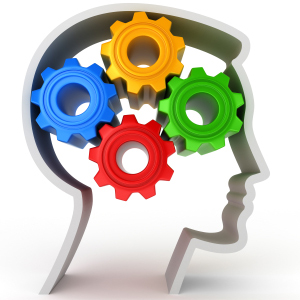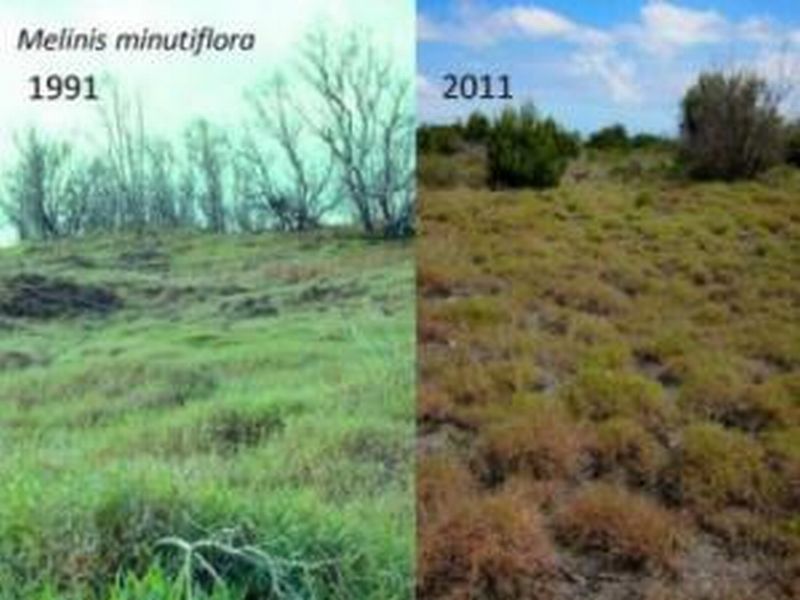A new study suggests that people with autism are more likely to have synaesthesia. As explained in my previous article, Synesthesia is a neurologically based phenomenon in which stimulation of one sensory or cognitive pathway leads to automatic, involuntary experiences in a second sensory or cognitive pathway- News-medical.net The study was carried out by a team of scientists led by Professor Simon Baron-Cohen at the Autism Research Centre at Cambridge University. The research team started their work from the assumption that both people with Synaesthesia and those with autism have atypical…
Read MoreAuthor: Wa'd Abuzurayk
I am Not Weird, I am a Synesthete
I still remember the first time I realized that numbers, week days, years and months had a certain order in my brain. I must have been around 7 or 8 then. And now, around 2 decades later, I realize that not everyone has this type of imagination, and that this is in fact a neurological phenomenon called Synesthesia. According to News-medical.net, Synesthesia is a neurologically based phenomenon in which stimulation of one sensory or cognitive pathway leads to automatic, involuntary experiences in a second sensory or cognitive pathway. People with…
Read MoreInvasive Plants’ Impact Revisited
A longitudinal study conducted by researchers Carla D’Antonio and Stephanie Yelenik was carried over a period of two decades to study the impact of invasive plants, to be one of the few studies conducted over such a period of time in this field of research. D’Antonio of UC Santa Barbara University, worked with postdoctoral scholar Stephanie Yelenik to collect data on grass invaded fields over the time period between mid 1990s and 2012. Field sites chosen were in Hawaa Volcanoes National Park. Data obtained from this study revealed unique results…
Read MoreFew Secrets of Discourse Comprehension Uncovered
Discourse comprehension is the term used to describe the human brain’s ability to make sense of language, whether presented in spoken or written forms. In an effort to better understand the brain’s mechanism that underlie discourse comprehension, a research team lead by professor Aron Barbey gathered to conduct a study on the subject. The study was conducted on 145 American male Vietnam War veterans who obtained war-related head injuries. Such injuries were studied due to their nature as focal ones, unlike those obtained after strokes for example. Focal injuries give…
Read MoreGenetically Engineered Insects: The Risk Assessment
As reported in the journal “Ecology and Evolution” , researchers from the University of Minnesota are working on developing a new approach for studying effects of using genetically engineered (GE) insects. GE insects are aspired to be used for purposes of managing pests and insect-borne human diseases. Researchers including David Andow, Aaron David, Joe Kaser, Amy Morey and Alex Roth are working on designing a standardized ecological risk assessment (ERA) for using such an approach. “Our project is trying to get it a little bit further into a standardization —…
Read MoreSensory Integration Dysfunction: The Dysrhythmia Within (3)
In continuation of the Sensory Integration series of articles, today I will be discussing the third element of practice pertaining to Ayres’s sensory integration theory; which is her suggested treatment approach, referred to as sensory integration therapy. Ayres’s therapy techniques provide the child with various sensory experiences through play. One of the basic assumptions over which Ayres’s work was constructed was that the central nervous system is plastic. Neuroplasticity refers to the brain’s ability to change or be modified. Based on this assumption, sensory integration therapy is hypothesized to cause…
Read MoreSensory Integration Dysfunction: The Dysrhythmia Within (2)
As discussed in my previous article, sensory integration dysfunction could seriously affect a child’s life if not diagnosed and targeted properly, thus, accurate diagnosis is of utmost importance. Sensory integration dysfunction could be a tricky disorder, as symptoms may look similar to other disorders. One example of such disorders is Attention Deficit Hyperactivity Disorder, popularly known as ADHD. In both disorders, a child might present as hyperactive, or may face difficulty paying attention in class. Sensory integration dysfunction has also been often misdiagnosed as autistic spectrum disorder due to some…
Read MoreSensory Integration Dysfunction: The Dysrhythmia Within (1)
This is the story of Jenny, a 4-year old gorgeous girl. Jenny presents herself as a very articulate child, with a charming personality that is easy to capture attention when in a gathering. And although everyone seems to think of Jenny as a very pleasant child, her mother happens to describe her as a “difficult girl”. At home, jenny seems to throw temper tantrums for the simplest things. She always complains about clothes tags being too itchy, noises coming out of the computer fan being too loud, and describes bright…
Read MoreMarmosets and the Etiquette of Conversation
Marmosets are small, squirrel-like primates found in South America. They are considered to be the most primitive species of monkeys as they lack the ability to even change their facial expressions (*1). However, Marmosets were recently found to have a new skill that makes them more special than most animals. While different animals are known to call onto each other for purposes of mating or territorial defense, Marmosets have taken it to a new level of actual conversing. This discovery moves marmosets from being cute animals, to being courteous and…
Read MoreDelayed Gratification: Self Discipline and Neurology
While logical explanation would refer certain everyday behaviours to discipline and upbringing, scientists have managed to associate such “discipline” to the brain’s ability to function properly. In a recent research, scientists lead by Dr. Mathias Pessiglione suggested that a person’s refusal of an immediate small reward in order to receive a delayed one that is more valuable is a process that occurs in the hippocampus- the part of limbic system responsible for consolidating information from short-term memory to long-term memory.*1 “Indeed, this structure has long been considered as essential for…
Read MoreBringing the Woolly Mammoth Back to Life
Having the Asian Elephant as a close relative, the long extinct woolly mammoth now has hope to come back to life. Scientists are studying the possibility of having hybrid animals give birth to an animal that resembles the woolly mammoth. Although it might sound like a remotely possible science fiction movie, the actual theoretical basis for the work is there. The first step in the process is creating the genetic map of the woolly mammoth (i.e., genome mapping). Reportedly, work in this area has already taken place, as researchers have…
Read MoreGet Brainwashed, Get Some Sleep
A recent study has managed to unlock an important mystery of brain chemistry during sleep. The said study published in Science Magazine found that the brain cleans itself from toxins while a person sleeps. The research team suggested that inability to get rid of toxins may be related to certain brain disorders.
Read MoreGenetic Engineering to Fight Loss of Animal Species
As increasingly more species in the animal kingdom are haunted by the ghost of extinction, scientists are researching on some pretty drastic interventions to reserve threatened life. After its successful use on plants, facilitated adaptation through genetic engineering is considered as a practical option for now. In a recent article of mine, A Spotlight on Evolution, I shed light on environmental changes causing Bonbos to move and get redistributed into new places due to anthropogenic environmental changes, which significantly affected their behavior. New research is now focusing on moving genes…
Read MoreA Tooth Restores Eyesight in British Man
Ian Tibbetts, a 43-year old man, made the right decision when he decided to go through an absolutely revolutionary surgery in the United Kingdome to get his sight back. The medical procedure included growing part of Tibbetts’ tooth and jaw bone into his eye. Tibbetts lost his eyesight in an industrial accident, where scrap metal reportedly ripped his cornea in six places. And after all options had failed, this procedure called osteo-odonto-keratoprothesis (OOKP) was suggested to the Tibbetts, who agreed to having it performed. The surgery was conducted by ophthalmic…
Read MoreA New Scenario to the Cat Mouse Age Old War
If you ever happen to see a tiny mouse walking by a vicious street cat acting all confident and fearless, keep in mind that this mouse may not be genuinely courageous, but instead, is most probably infected with a parasite. New findings suggest that a Toxoplasma gondii parasitic infection in mice could make them permanently fearless of cats. Toxoplasma gondii is an obligate, intracellular, parasitic protozoan that causes the disease toxoplasmosis. Toxoplasma gondii is capable of infecting virtually all warm blodded animals.
Read More














